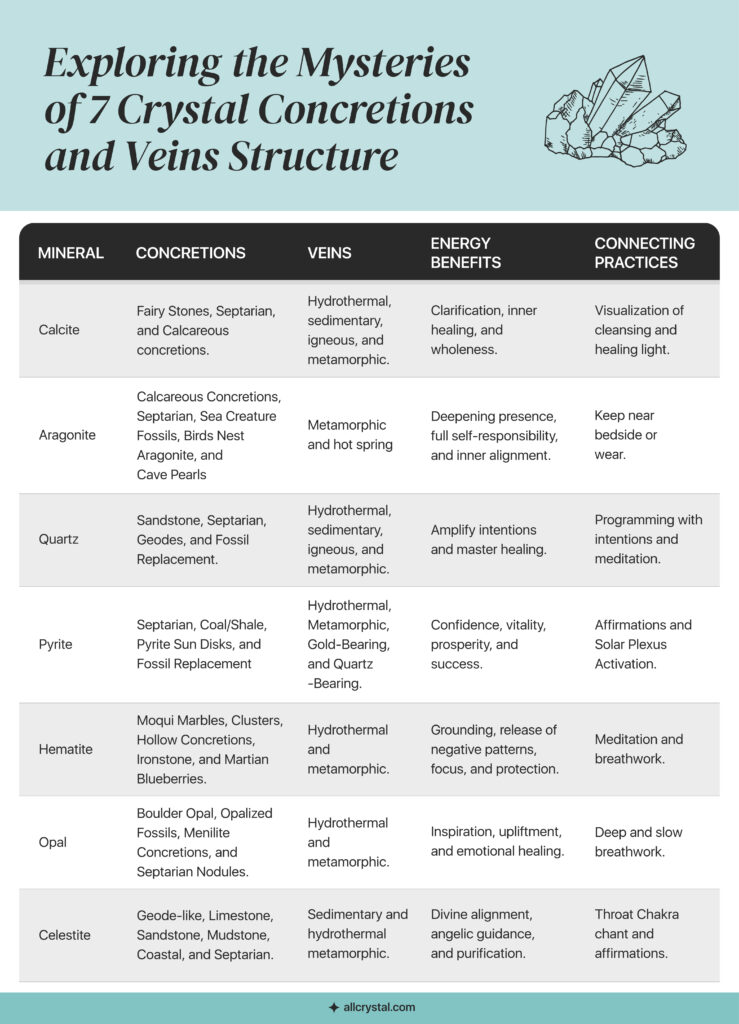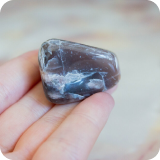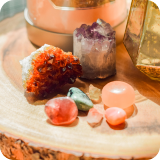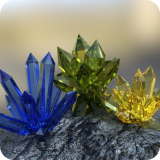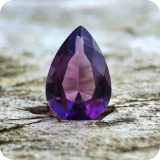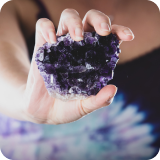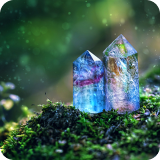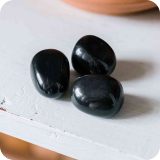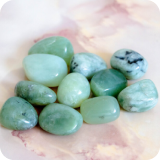- History and Meanings of Crystal Concretions and Veins
- 7 Crystal within Concretions and Veins
- FAQ
- Start Using Crystal Concretions and Veins
It is fascinating to learn about the intricate ways crystals can form due to different environmental conditions, minerals, and usually lots of time. Different geological expressions can tell us stories of natural life, energy, movement, and incredible transformation.
Two very interesting types of formations include concretions and veins, as well as the unique combination of these two structures. So, what exactly are crystal concretions and veins?
Concretions are masses of rock found in sedimentary environments, formed through sediment build-up around an organic nucleus, followed by minerals entering the build-up and hardening it into a solid form. Veins are cracks in existing rocks. Both concretions and veins can be filled with various minerals that result in crystals.
Concretions can also contain veins filled with crystals (Septarian nodules are an example). Finding crystal concretions is extremely exciting as, similarly to a geode, many types can be sliced open to reveal unique beauty. Let us go on to learn more about these formations, their history, meaning, varieties of crystal concretions and veins, as well as why and how to use them.
History and Meanings of Crystal Concretions and Veins
Concretions and veins can be ancient; some specimens have been found and are estimated to be billions of years old. Different types of fossils can be seen within some concretions, which are a testament to the age of many of these structures.
Different types of crystal concretions are found in many locations around the world, and they vary significantly in composition and size, with specimens that range in size from tiny pellets to 3 meter-sized masses. Concretions are often close to spherical but can also be found as flattened, disk-shaped, oblate, or irregularly shaped formations.
Veins can be a different crystal formation altogether where minerals precipitate within cracks in various types of rock. But, as mentioned, they can also be present with some types of concretions. Veins can also play a role in transporting minerals to the concretion during its formation.
The meaning and benefit of each type of concretion will be nuanced according to the specific crystals that it is composed of. Overall, crystal concreations invokes a feeling of solidity, contentment, and wholeness. They evoke themes such as self-actualization, integration, and exploring inner worlds. Vein structures carry a meaning of healing, repair, resilience, and reconnection.
7 Crystal within Concretions and Veins
Here, we will look into the different crystals and minerals that can make up concretions and be found within veins. It is worth noting that concretion specimens and vein structures can contain different minerals combined within or alongside each other.
Concretions and veins do not always display defined crystals but are rather filled or layered with a combination of minerals, which both offer a very similar metaphysical presence. Here are just a few of the crystals associated with these structures.
Calcite
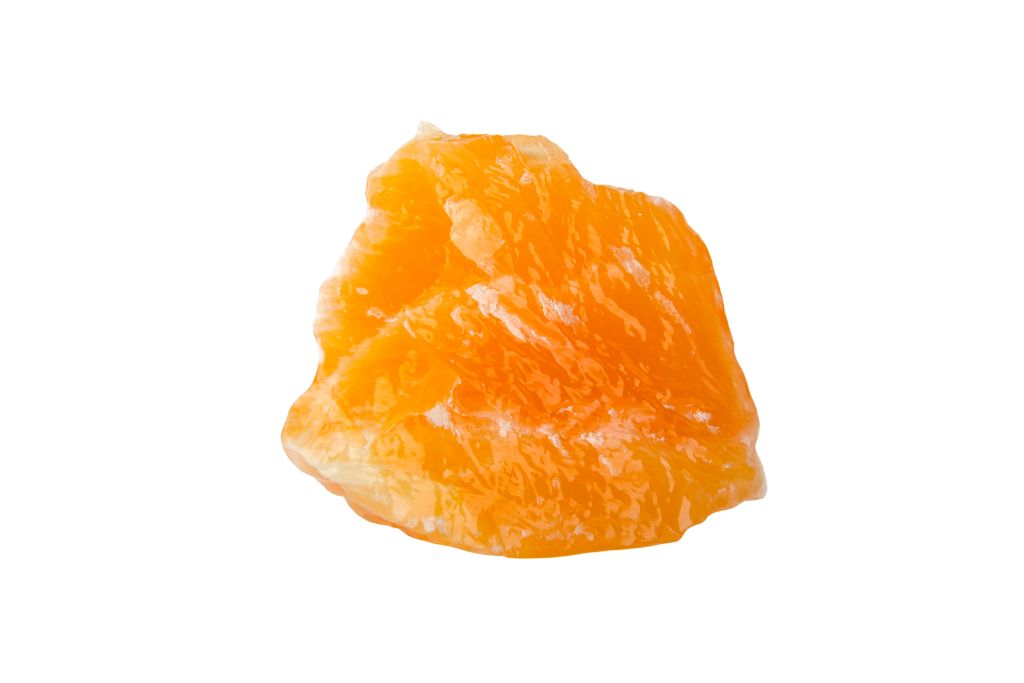
This is one of the most common minerals that can make up various crystal concretion types. Many different types and colors of Calcite can form lining or filling different veins alongside other crystals. Calcite can be present as a cementing mineral within concretions as well as forming well-defined crystals within the concretions.
Calcite can be present within fairy stones, filling the cracks of Septarian nodules to create stunning crystal patterns and in the composition of many other calcareous concretions. Some Calcite varieties found with veins include translucent, white, and various other colors of Calcite, depending on the trace elements present.
Connect with the vibrations of Calcite concretions or veins to clarify your energy and focus on inner healing and an authentic experience of wholeness. Calcite has a restorative power that is especially amplified by vein structures, which symbolize repairing or strengthening.
There are many ways to connect with Calcite, but one of my favorite practices would be to hold your crystal and practice visualization. Imagine a pure light emanating from your stone, filling your body and auric field with the cleansing and restoring vibration of Calcite.
Aragonite
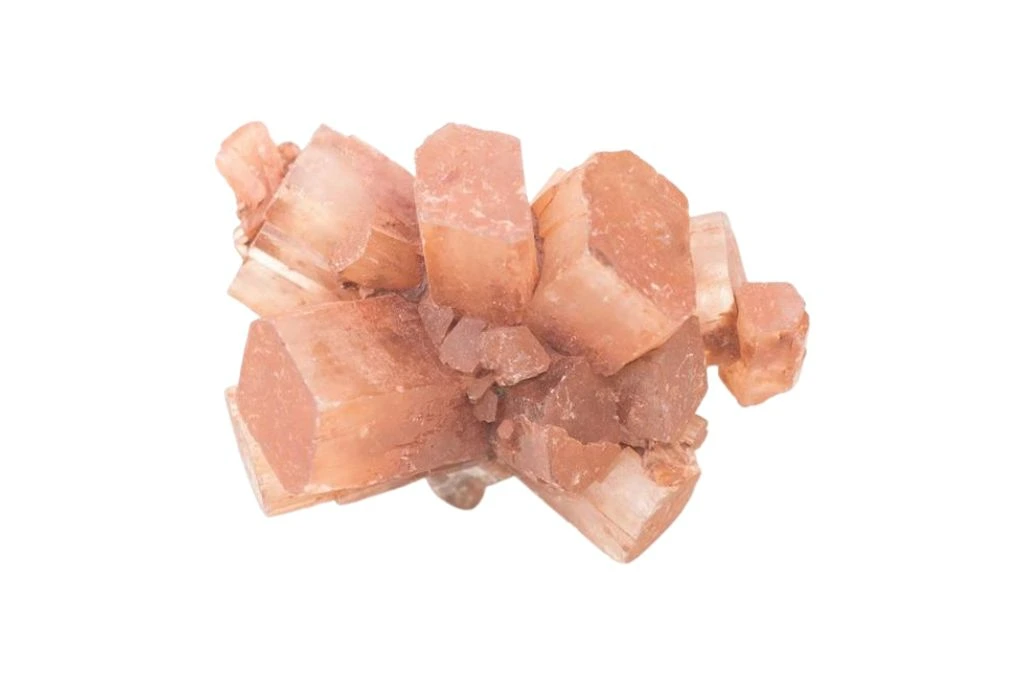
Aragonite is a polymorph of Calcite (they have the same composition but different crystal structures). In specific conditions that favor Aragonite formation, it can be present as part of crystal concretions and veins. It is definitely less common than Calcite, but it also can form within Calcareous concretions and Septaria.
It is also present in concretions containing sea creature fossils and in the unique concretion formations known as Birds Nest Aragonite or Cave Pearls. Aragonite can also be present in different vein structures, including metamorphic and hot spring veins.
Energetically attuning to any Aragonite crystal has the effect of deepening presence. It is a very grounding crystal. Aragonite concretions offer the activation of full self-responsibility and guide us to explore and take responsibility for our inner alignment and fully embody this in our physical actions.
Aragonite from or within vein structures can support and guide us to take action to heal and repair what we need to. Simply keep your Aragonite specimen near your bed as you sleep or wear a piece of Aragonite to naturally attune to the energy and guidance of this crystal over time.
Quartz
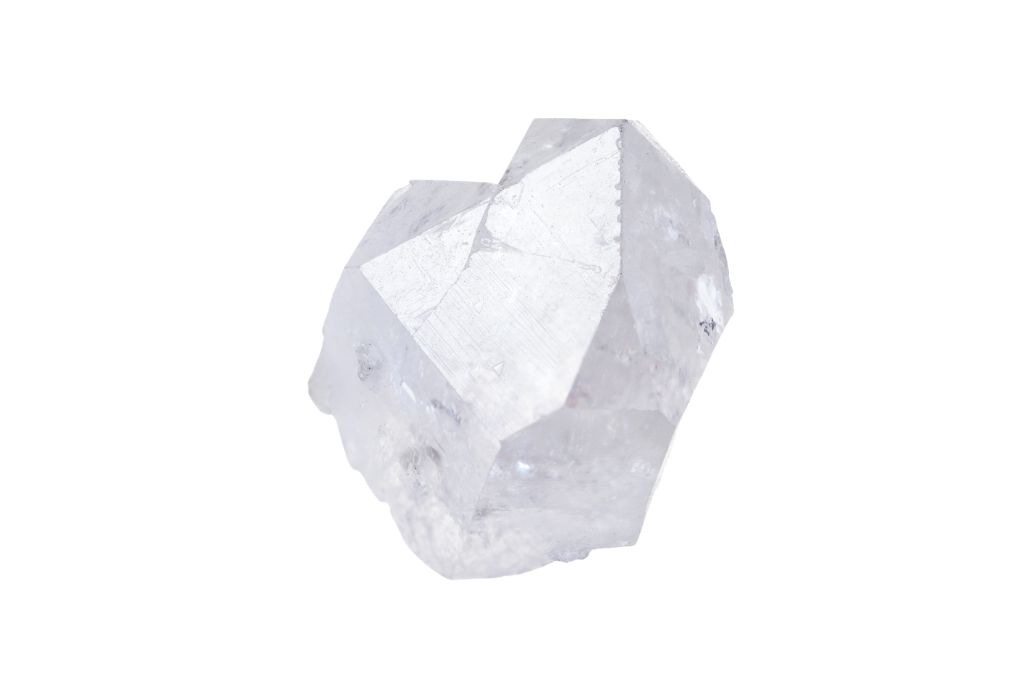
Quartz makes up various types of concretion specimens generally formed as Silica-rich fluid flows through and cements the concretion. This mineral can be present within sandstone concretions, Septarian concretions, lining the cavities within certain specimens in a geode-like manner, and as a fossil replacement mineral inside concretions.
It’s likely that you already encountered a Quartz vein before, as it is present in a myriad of rock types. Different varieties of Quartz, in combination with other minerals and even Gold, form as vein structures. Various types of Quartz can be present in concretions and veins depending on the environment, formation conditions, and minerals present.
Quartz crystals are well known for their benefits of amplifying intentions and energy. Concretion and veins-related specimens are no exception. You can work with these Quartz stones by programming them with your specific intentions. As Quartz is a master healer crystal, these structures are particularly beneficial for healing deep-seated wounds that have caused disconnections within.
Pyrite
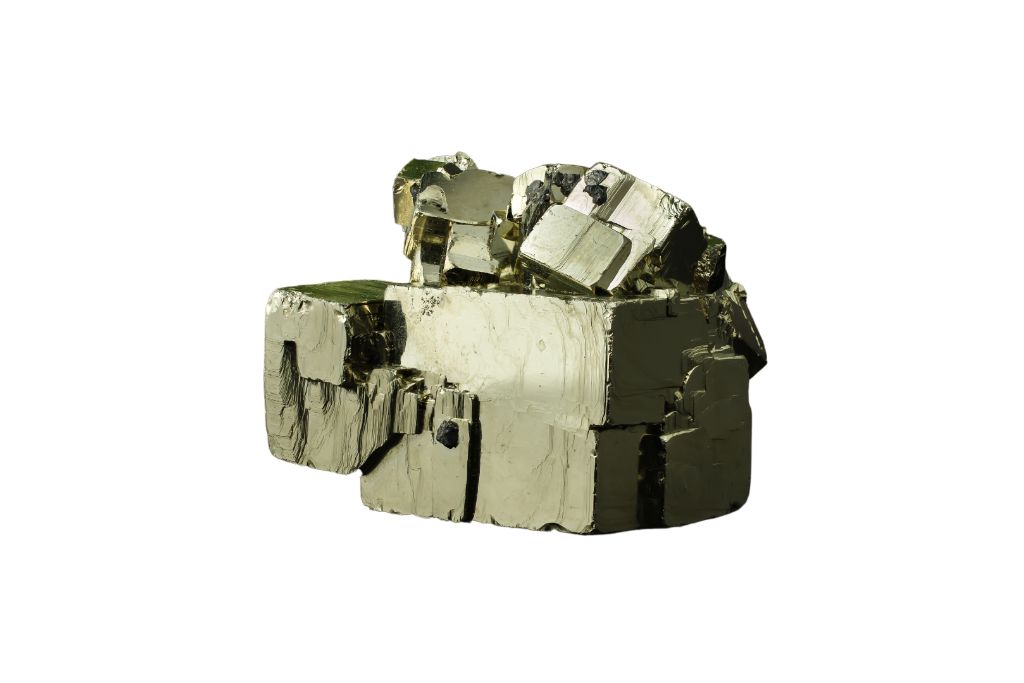
Pyrite can be expressed in concretions in a number of ways, including within Septarian crystals, concretions in coal or shale, and flat concretions called Pyrite Sun Disks. It is also found as a replacement mineral within fossil-bearing concretions. Pyrite can be found in hydrothermal, metamorphic, Gold-bearing, and Quartz-bearing veins.
In terms of crystal healing benefits, this attractive metallic mineral is great for aligning to a state of protected or sustained vitality, prosperity, and success. Pyrite crystal concretions and veins bearing Pyrite can be used for these benefits. Pyrite Sun Disk concretions are especially powerful for boosting your Solar Plexus energy, energizing your will, and creating a positive identity.
A suggested powerful practice to use to connect with your Pyrite crystal on a deeply energetic level is to hold your stone and repeat a few “I am” affirmations that are related to the state you would like to experience connected to the benefits of Pyrite.
Some relevant options are, “I am successful,” “I am strong,” “I am protected,” “I am prosperous,” “I am powerful and confident.” Feel free to create your affirmation for this practice.
Hematite
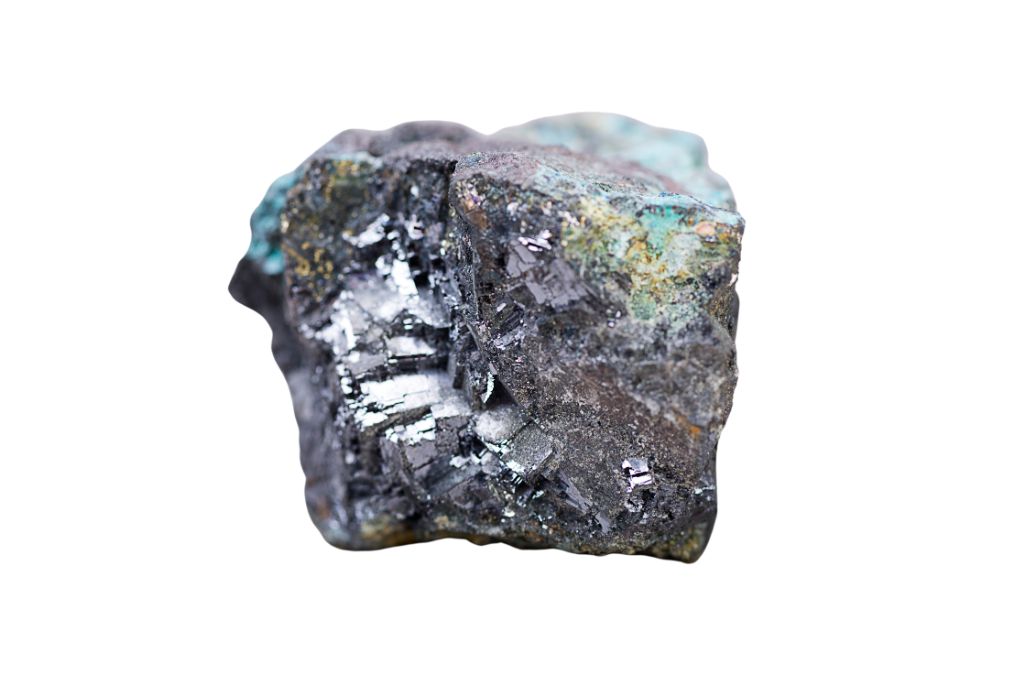
Hematite is an Iron Oxide mineral and, in the right conditions, forms a variety of concretions, which can differ in shape, size, and color. Some examples of concretions with Hematite are Moqui Marbles, clusters of Hematite, hollow concretions, Ironstone concretions, and even an extraterrestrial concretion found on Mars known as Martian Blueberries.
It is also rarely included within Septaria specimens, but this abundant mineral is present primarily within hydrothermal and metamorphic veins. Hematite vein structures can be very fine or meters wide. This crystal can be used for its grounding effect for improved physical, mental, and emotional health.
Hematite concretions and vein structures are useful for releasing patterns that no longer serve us, improving focus, and they also offer energetic protection. Connect deeply with Hematite for these benefits during daily meditation or breathwork practice.
Opal
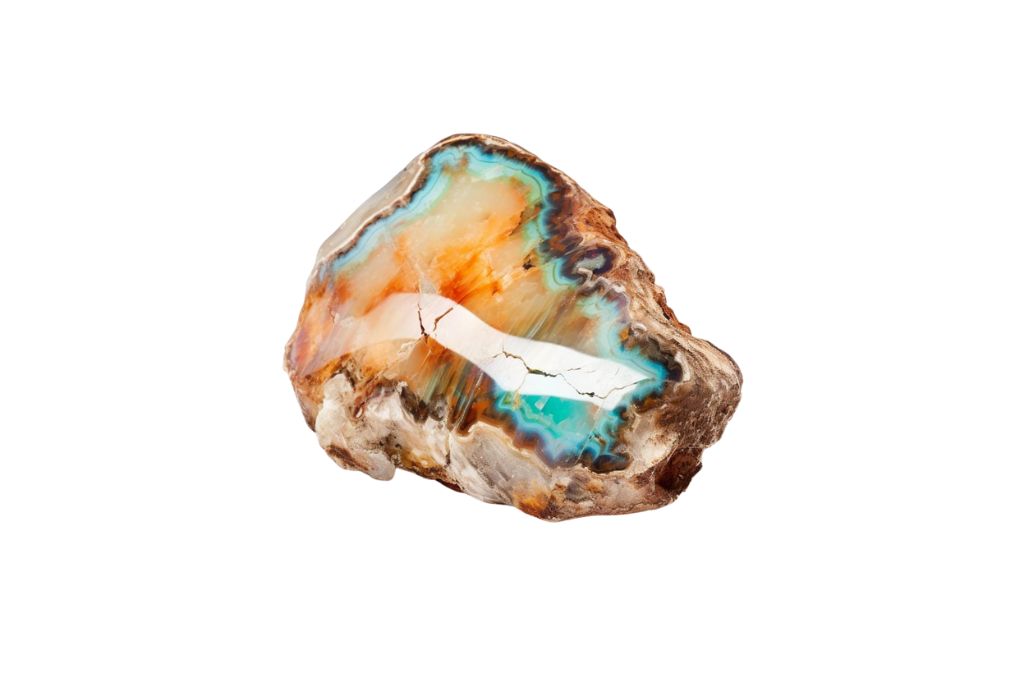
Another silica-based stone that can be in concretions and veins under the required formation conditions is Opal. This is not a common mineraloid, but it is found within ironstone concretions called Boulder Opals and can also be present in concretions due to Opalized Fossils within them.
Some sources consider Opal to compose Menilite concretions, and it is also a rare but possible occurrence in Septarian nodules. Opal can form within hydrothermal or metamorphic veins. The presence of common Opal varieties is most prominent, but other varieties, including Precious Opal, can form as a result of precise formation conditions or mineral inclusions.
On a metaphysical level, Opal stones have an inspiring and uplifting effect. Concretions containing Opal hold the message to find joy within, and both Opal concretions and vein structures energetically support emotional healing.
One of the best ways to attune to the vibration of Opal is through the practice of intentional, deep breathwork. Practice a more activated, faster style of breathwork if you are seeking inspiration and upliftment or a slower style if you are in a healing era, seeking clarity, and peace.
Celestite
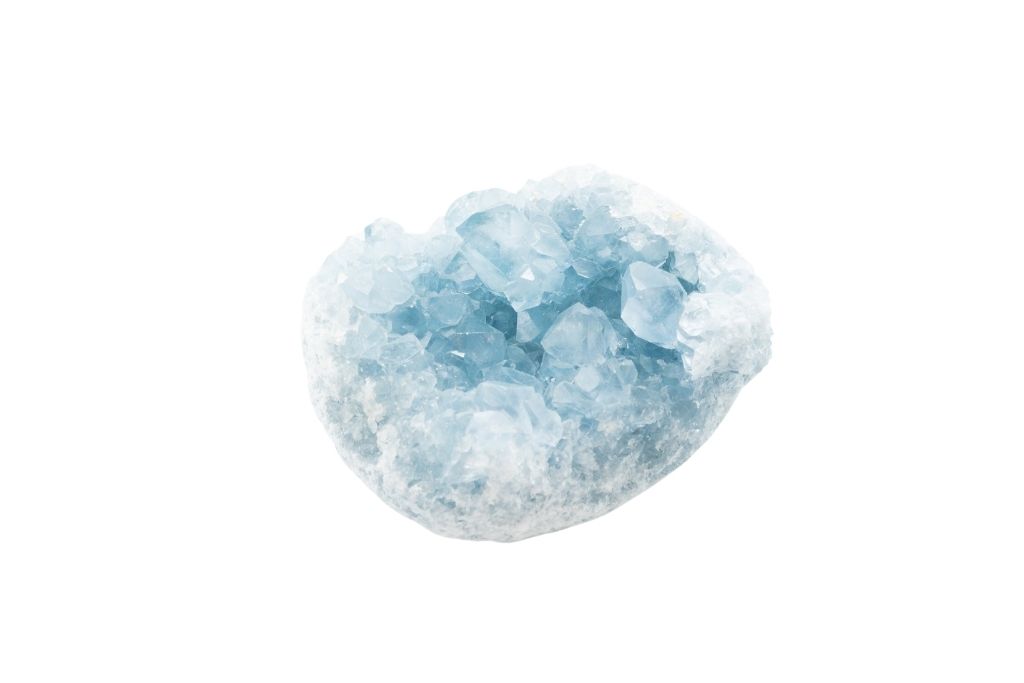
Celestite is most commonly found as a beautiful light blue mineral. It can be present within many types of concretions, including in geodes-like, limestone, sandstone, mudstone, coastal concretions and, in rare cases, within Septarian nodules.
Defined crystals and masses of Celestine primarily form within sedimentary rock veins and can, to a lesser extent, be present in hydrothermal and metamorphic veins. As its name suggests, Celestite has a divinely aligned energy and facilitates our connection with angelic guides.
Connect with Celestite crystal concretion vibrations to intentionally purify, embody, and express your energy benevolently. Celestite crystal vein structures are useful for repairing communication blocks and disconnection from your truth.
As many of the benefits of Celestite are linked with its healing and opening effects for the Throat Chakra, a suitable practice would be to wear a piece of Celestite at the level of your Throat or simply hold your Celestite crystal concretion here and chant the Throat Chakra seed mantra HAM or a resonant affirmation.
FAQ
How Do You Identify Concretions?
Concretions are usually much harder than the surrounding rocks and are usually smooth, rounded, flat, or irregularly shaped. They can be found loose or within softer rocks. Cutting a concretion open can reveal concentric growth patterns, a nucleus, fossilized organisms, or crystals, which will help determine if the minerals present are those typically found within concretions
Are Concretions Valuable?
The value of concretion can vary as there are a number of different types. Concretions containing rare fossils, sought-after or rare crystals, or any rare feature, such as size, unique formation habits, or historical significance, as well as those that are especially aesthetically appealing, can be valuable.
What are Septarian Nodules?
These are spheres of sedimentary material that have been mineralized and concreted together. They feature unique cracks within that are filled with different minerals, and this is what distinguishes the Septarian concretions from other concretions. They can also contain geode-like sections with well-formed crystals and display stunning patterns when sliced and polished.
Where are Septarian Crystals Found?
Septarian crystals can be found in many locations that were once ancient shallow marine areas. Notable countries where Septarians have been found include the United States, Canada, Madagascar, Morocco, England, New Zealand, and Germany.
Why Does Septarian Glow?
Septarian concretions that include fluorescent varieties of Aragonite and Calcite minerals can display fluorescence, a magical glow when exposed to UV light.
What is the Difference Between Geodes and Concreations?
The difference between concretion and a geode is that most concretions are fully filled with hardened mineral material or crystal. In contrast, a geode is a hollow cavity that is partially filled with a lining of well-formed crystals. It is worth noting that some concretions, such as Septarians, can contain geode-like sections within them.
Is Pearl a Concreation?
Yes, non-nacreous pearls that are found inside mollusks or cave pearls can be considered Calcareous concretions.
What is a Fairystone Stone?
Although the term fairystone can refer to a few different types of minerals, it often refers to a popular type of flat whitish Calcareous concretion composed of Calcite that is found in Canada, Quebec.
How Long Does it Take for a Concretion to Form?
Recent studies have found that concretions can significantly vary in how long they take to form. They can range from a few years to millions of years depending on many factors, including the type of concretion, size, and environmental conditions.
Start Using Crystal Concretions and Veins
Beyond the crystals discussed above, other elements, minerals, and crystals can form as part of concretions and veins. A few other examples, beyond those already mentioned, include Gypsum, Barite, Limonite, Zeolite, Dolomite, Galena, and Sphalerite.
As we have learned, this is a multilayered topic, but I do hope you enjoyed learning more about the crystal of concreations and veins here and will continue exploring our article series on different crystal structures.
